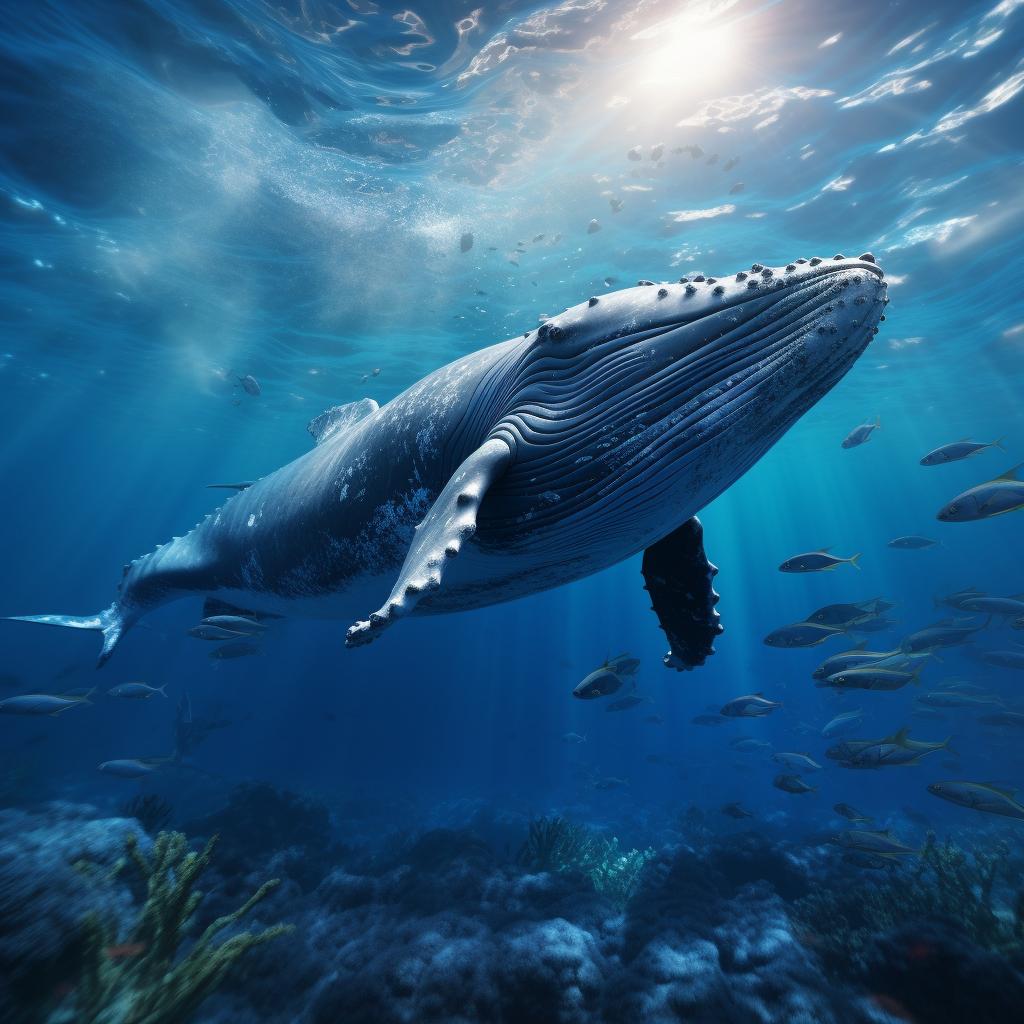Overview
Whales, the magnificent giants of the ocean, are without doubt the largest animals on Earth, with the blue whale holding the title for the heaviest creature ever recorded, weighing up to 200 tons (181 metric tonnes) and reaching lengths of around 98 feet (30 meters). Their enormous size and unique adaptations make them captivating marine creatures.

When
The best months if you are planning a trip to see whales are April, May, June, July and August.
Where
The best countries for spotting whales in the wild are Australia, Canada, USA, Mexico, New Zealand, South Africa and Iceland.
Diet
Whales have diverse diets depending on their species. Some species, like the blue whale, primarily feed on tiny shrimp-like organisms called krill. Others, like humpback whales, feed on small fish, plankton, and even krill. These marine giants are filter feeders, using baleen plates to strain food from the water.
Habitat
Whales are highly adapted to life in the ocean. They inhabit all major oceans and some seas, migrating over vast distances for feeding, breeding, and calving. From the icy Arctic to the warm tropical waters, whales occupy a wide range of marine habitats.
Best Countries To See Whales
Australia
Canada
USA
Mexico
New Zealand
South Africa
Iceland

Best Time Of Year To See Whales
Summer Months: In many locations around the world, summer is a prime time for whale watching. During this season, various whale species migrate to feeding grounds in search of abundant food sources. The warmer weather and longer days provide favourable conditions for observing these magnificent creatures.
Spring and Fall: Spring and fall can also be excellent seasons for whale watching. During these transitional periods, whales may be on the move, either migrating to breeding grounds or returning to feeding areas. This can lead to increased whale activity and sightings.
Breeding Seasons: For some whale species, the breeding season offers unique opportunities to witness fascinating behaviours. Male whales engage in competitive displays and courtship rituals to attract mates. The timing of these breeding seasons varies among species and locations.
Local Migration Patterns: It's important to research the specific region and species you are interested in observing. Whales have distinct migration patterns, and their presence in certain areas can vary throughout the year. Consulting local whale-watching experts or tour operators can provide valuable insights into the best times to spot whales in a particular location.
Year-Round Sightings: In certain places, such as coastal areas with resident whale populations, sightings can occur year-round. These resident whales do not undertake long-distance migrations and can be seen at various times of the year.
Where You Are Most Likely To See Whales
1. Monterey Bay, California, USA: Whales can be seen year-round in Monterey Bay, but the best time for whale watching is from April to December. Gray whales migrate along the coast from December to April, while humpback whales and blue whales are more commonly seen between May and November.
2. Hervey Bay, Queensland, Australia: The prime time for whale watching in Hervey Bay is from July to October. This is when humpback whales visit the bay during their annual migration, and you can witness their playful behaviors and interactions up close.
3. Saguenay-St. Lawrence Marine Park, Quebec, Canada: The best time to see whales in this marine park is from May to October. This period offers sightings of fin whales, beluga whales, and minke whales, as they gather in the rich feeding grounds of the St. Lawrence River.
4. Kaikoura, New Zealand: The best time for whale watching in Kaikoura is from June to October. Sperm whales are the main attraction here, and you have a high chance of spotting them during this period. Other species, such as humpback whales and orcas, can also be seen during their migration seasons.
5. Mirissa, Sri Lanka: The ideal time for whale watching in Mirissa is from November to April. Blue whales, as well as fin whales and occasionally sperm whales, can be observed during this period as they migrate along the southern coast of Sri Lanka.
6. Hermanus, Western Cape, South Africa: The best time to see southern right whales in Hermanus is from June to November. During these months, these whales come to Walker Bay to breed and calve, offering fantastic opportunities for shore-based whale watching.
7. Husavik, Iceland: The peak season for whale watching in Husavik is from May to September. Humpback whales and minke whales are commonly sighted during this time, along with other species such as blue whales and orcas.
8. Baja California, Mexico: The best time to see whales in Baja California is from December to April. Gray whales migrate to the warm waters of Baja California during this period to give birth and nurse their calves, providing exceptional whale-watching experiences.


